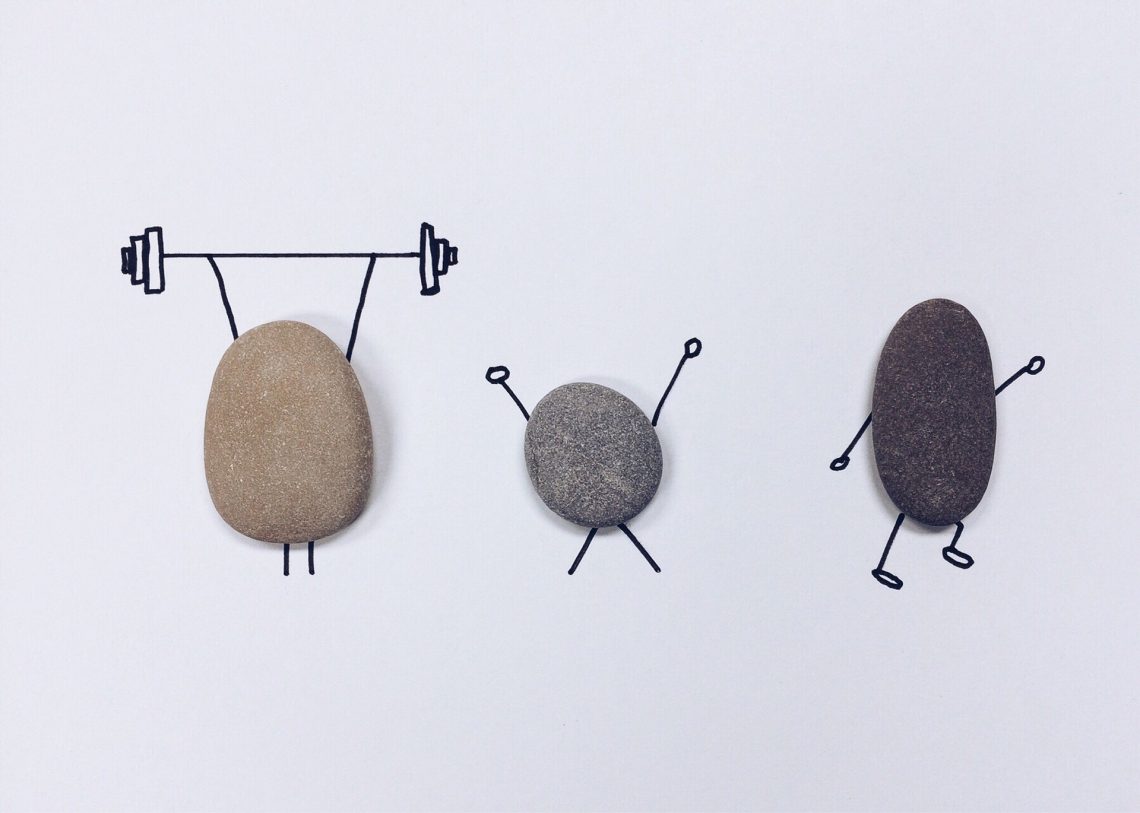11 October, 2016

Recently, we talked about 6 things that could be causing your back and neck pain. In the second part of this series (based on this article. Rachael Sheat, the author, has kindly granted permission for use of her work), we identify some things you can do to prevent or ease back and neck pain.
Get stronger
Building postural endurance specific to your daily activity demands is a priority. In an ageing population bone density must be considered. Weight bearing exercise you can do and tolerate within your activity demands may provide functional benefits and optimise bone health.
In the obese population, dietary consideration may be required, and a gentle medium such as hydrotherapy may be helpful (under the guidance and supervision of a qualified health professional).
Get walking
Parking further away from shops and public transport, or taking a walk at lunchtime are quick, easy ways to increase activity in your day. Incremental activity adds up!
Get moving
Any activity that gets you moving can increase your flexibility and strength. These activities might include:
• Swimming;
• Water exercise, such as walking in water, water exercise class or doing physiotherapy exercises in the pool (hydrotherapy);
• Walking;
• Yoga, pilates or tai chi;
• Strength training with supervision, using weights or resistance bands.
Do things you love to do! If you love swimming, don’t sign up for yoga classes, get in the pool. If you love it, you’re more likely to stick with it.
Get your environment right
A supportive work environment that allows for postural variation and encourages movement is worth its weight in gold.
A balanced and supportive home life where household chores are shared, and exercise is encouraged should be considered. Reducing screen time, particularly in the evenings, is another way of protecting your back and neck.
Use goals to drive motivation
One barrier to participate in new activities and exercise is motivation! Fear, lack of confidence and being overwhelmed with where to start can all result in low motivation. To get and stay motivated, set realistic goals. Don’t start out planning to exercise for an hour, 6 days a week. Start small, increase incrementally as it feels comfortable and as guided by your qualified health professional.
As well as realistic goals, make sure you do something you love. Nothing kills motivation quicker than hating the activity. Stick to these guidelines and before long you’ll find more moving and less screen time is simply part of your daily routine.
In summary
Remember, changing habits takes time. Be patient. Keep it simple. But be consistent and do the simple things well. This will lead to better health outcomes.
Now…get away from the screen and move!








